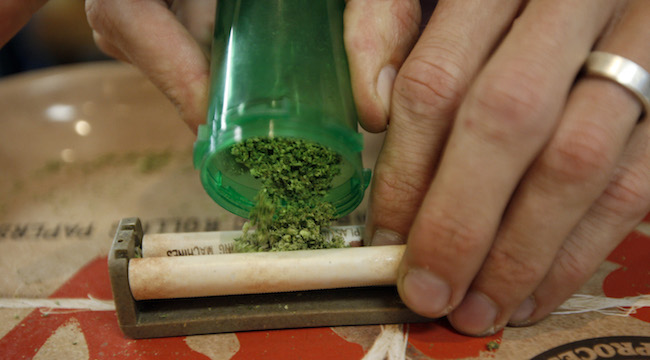
Medical and recreational marijuana have been a boon in many ways for the states that provide them. For instance, a county in Colorado has been able to provide low-income residents with college scholarships funded by the tax revenue that their marijuana industry generates. Now, in another win for legalizing marijuana, a study shows that in states where medical marijuana is available, medicare prescription drug spending has actually gone down.
According to the Huffington Post, a study from the University of Georgia found that states that provided medical marijuana in 2013 saw a combined decrease of $165.2 million in medicare spending for prescription drugs. The study estimates that if every state had provided medical marijuana to its residents at that time, they would have seen a combined total savings of $468 million.
Researchers tracked the filling of prescription drugs that could be substituted with medical marijuana. This means the savings resulted from drugs used to treat a wide range of ailments, from anxiety and depression to nausea and psychosis. While many drugs in these categories saw a decrease in use, prescription treatment for glaucoma actually increased, because marijuana only provides 60 minutes of relief. As a result, researchers concluded that patients were using marijuana not just to get high, but for actual medical needs.
The study abstract discusses decreased filled prescriptions for drugs used to treat spasticity and seizures:
Proportionally, the greatest reduction was in medicines for spasticity. The average physician in a state without medical marijuana prescribed 2068 doses, but in states with access to medical marijuana this fell by 20% to 1645 doses. The apparent effect was also marked in seizure medicines.
These findings not only point to cost-reduction in government spending on prescription drugs, it could actually decrease people’s dependence on these medications, which can be easily misused and addictive. The Huffington Post reports that in 2014, half the 28,000 opioid deaths that occurred were from prescription drugs. With these demonstrated savings and decrease in dependence on prescription medications, medical marijuana’s impact could go far beyond individual medical use and tax revenue.
(via Huffington Post)






